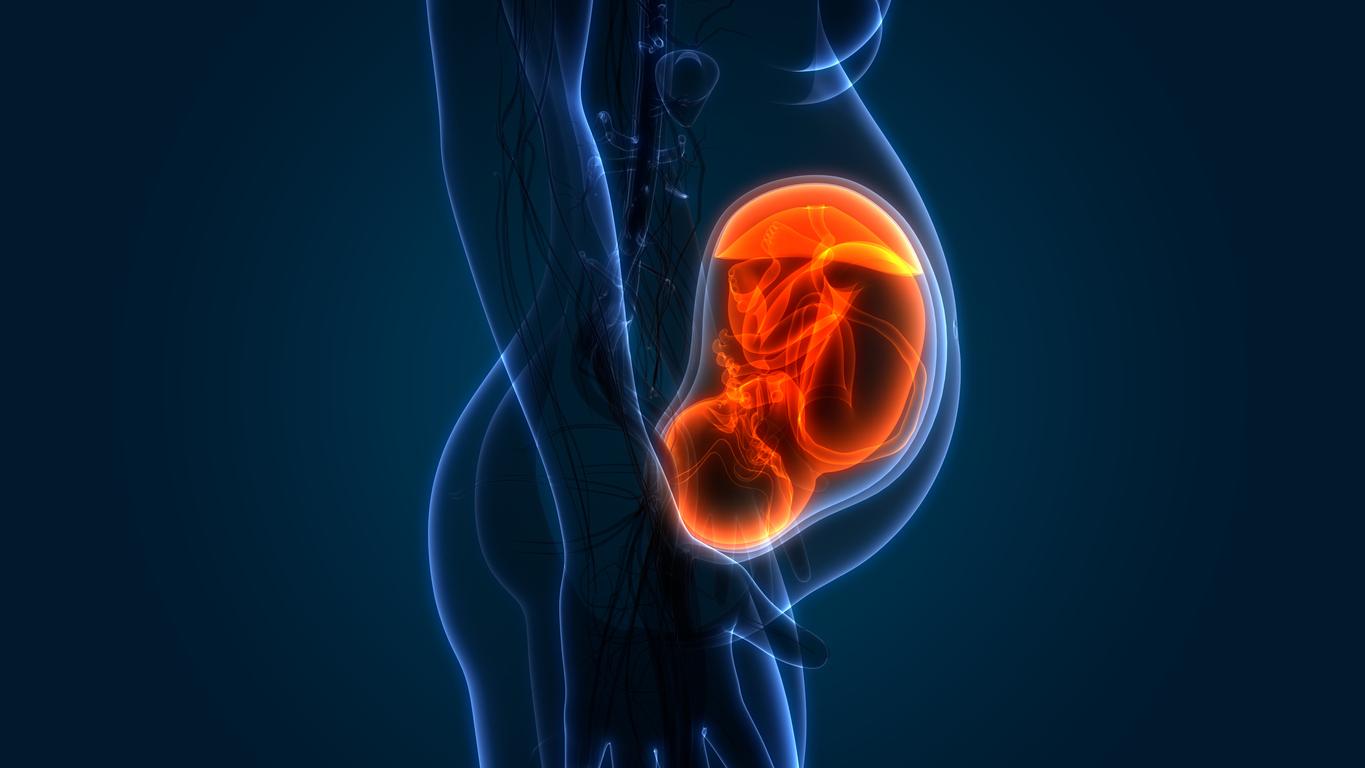A pregnant woman can spot several symptoms indicating the onset of labor and thus the imminent arrival of her baby.

- The start of labor is generally marked by the occurrence of contractions.
- Cramps and pelvic pressure may occur as delivery approaches.
- A mother-to-be may notice a change in the appearance of her vaginal discharge in the days before giving birth.
As the term approaches, parents are often impatient to meet their baby. They can therefore be on the lookout for the slightest clue that shows that work has started. In an interview with the Cleveland ClinicDoctor Jonathan Emery, obstetrician-gynecologist, revealed the warning signs that can occur before childbirth.
How do I know if labor has started?
Contractions are often the first thing we think of when we think about the birth of a child. Over the hours, they become more and more intense and regular, and are sometimes linked to the breaking of the bag of water. Due to contractions, the cervix gradually opens to facilitate the descent of the baby. During this phase, it is recommended to go to the maternity ward or call your midwife in the event of a home birth.
Expectant mothers may also feel pelvic pressure a few days after their delivery. This pressure can be correlated with lightening, in other words the phase where the baby descends from the abdomen. “You may even feel the relief as pelvic pressure or even lower back pain (…) But keep in mind that some people do not experience this symptom before going to work”indicated Doctor Jonathan Emery.
At the start of labor, it is possible to feel cramps, similar to those that occur during menstruation. As the specialist clarified, these spasms are generally not painful, but they can return occasionally in the hours or even days preceding childbirth.
Childbirth: a possible change in appearance of vaginal discharge
At the beginning of pregnancy, a mucus plug forms to close the cervix and thus protect the fetus from infections. A few days before birth, it is often expelled before labor begins. This loss is completely painless and can happen several times, or even go completely unnoticed. “Several decades ago, it was thought that if the mucus plug disappeared, it meant that labor would begin within a certain number of days (…) Today, we know that it can be a non-specific sign You may lose the mucus plug without labor starting, and mucus may even build up again in the cervix.however, underlined the obstetrician-gynecologist.
A pregnant woman may also notice a change in the appearance of her vaginal discharge when the due date is near. They may become more watery, thick and pink before labor begins.
However, it is important to remember that every woman is different. This list of symptoms is not exhaustive, and everyone may experience different signs during labor. “If you take ten women, you will get ten different stories about what happened to them before labor started, even between pregnancies.”noted Doctor Jonathan Emery.

















